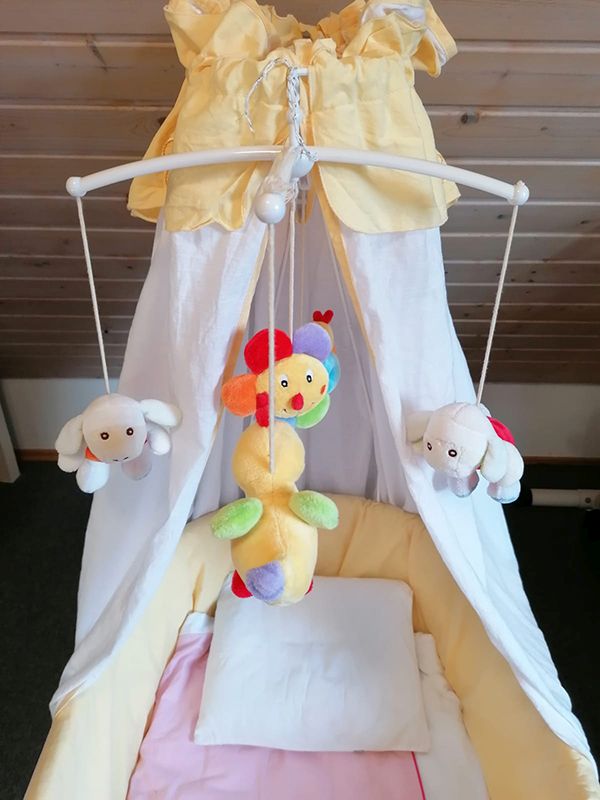By Michael Seifert
All newborns could learn any complex spoken language in the world. However, cultural differences are already apparent in the first sounds that babies make. This is proven by the long-standing research findings of Professor Kathleen Wermke from the University of Würzburg, which she recently summarised in the book “Babygesänge. How crying becomes speech”. The head of the Centre for Pre-Linguistic Development and Developmental Disorders and her team have observed, for example, that French babies actually cry with an accent. Their melody line runs from low to high, while babies of German-speaking mothers cry with a falling melody, i.e. from high to low. Japanese and Swedish newborns cry in a much more complex way compared to German babies, although their larynxes do not differ from each other.
Kathleen Wermke explained her methodological approach in more detail to tuenews INTERNATIONAL: “We record baby sounds digitally via microphones—always in the presence of the parents. We wait until the babies spontaneously make sounds on their own. Sometimes we wait a while, because babies are ‘talkative’ in different ways.” The sounds recorded in this way from babies from almost all continents are then analysed with the help of special computer programs, e.g. how long individual sounds are, what frequencies they contain, what melodic variety they exhibit or whether individual vowels and consonants are already being practised. “We are basically interested in all the sounds that a baby produces, so not just communicative crying, but also cooing and babbling,” continues the biologist and anthropologist. “Because all sounds are building blocks on the path to speech, which is the same for all babies in the world! The fact that sometimes the melody of the surrounding language already ‘rings through’ is exciting, but what is scientifically more important for us is the universal song of all babies, i.e. the universal laws of development from simple melodic arcs to the first words.”
The fact that the first cries of newborn babies already bear characteristic traces of the mother tongue that the unborn child learnt in the last trimester of pregnancy is particularly clear in languages in which different pitches determine the meaning of the words. Mandarin, for example, which is spoken in China, Taiwan and Singapore, has four pitches. In the Lamnso language of the Nso, a rural people in north-west Cameroon, there are even eight pitches and specific pitch progressions. The crying of Nso babies is more like a singsong. The distance between the lowest and highest pitch is significantly greater than in newborns born to German-speaking mothers, and the brief rise and fall of the tones during an utterance is also more intense. Kathleen Wermke concludes from this that even before birth, in the last trimester of pregnancy, imprinting by the mother’s speech melody takes place. As soon as they are born, children imitate these melodic patterns by expressing their emotions and needs through crying and cooing. In this way, they build up a natural bond with their mother and the community.
With her book, Kathleen Wermke wants to encourage adults, not just parents, to simply listen to their babies. In Germany in particular, babies’ cries and screams are often not accepted. Wermke, on the other hand, believes that we should accept that this emotional language is the path to speech: “Babies deserve respect and an appreciative understanding of their vocal messages.” Baby song in the first year of life can be seen as the crucial missing piece of the puzzle to better understand the transition from animal song to spoken language. However, research is still a long way from unravelling all the secrets of this world of sound.
More on the research and the book in a press release from the University Hospital of Würzburg dated 14 March 2024:
Universitätsklinikum Würzburg: Pressemitteilungen (ukw.de)
tun24032011
Eine Kinderwiege. Foto: tünews INTERNATIONAL / Qoutayba Abboud.
000811




